Why Is a USA Tourist Visa Fast-Track on the Table?
In June 2025, an internal USA State Department document obtained by Reuters outlined a new proposal to ease the B1/B2 visa appointment backlog. The suggested plan would allow applicants to pay a $1,000 fee for priority access to earlier interview dates. This comes amid mounting delays at major U.S. embassies and consulates—many reporting wait times surpassing 300 days, including locations like New Delhi and São Paulo.
President Donald Trump’s second-term agenda already features a 12-country travel ban and tougher security vetting. Adding a USA tourist visa fast-track option would signal a new “user-pays” philosophy: if you can cover the extra cost, you can leapfrog the queue.
Wait-time pain is real. The State Department issued 10.4 million non-immigrant visas in FY 2024, including 5.9 million tourist permits, yet many posts still schedule interviews nearly a year out. A one-time premium could, officials argue, free up standard slots by siphoning away the most time-sensitive travelers.

How the USA Tourist Visa Fast-Track Could Reshape Travel Planning
1 :Cost Assessment for Fans and Families
The 2026 FIFA World Cup, jointly hosted by the United States, Canada, and Mexico, will dump hundreds of thousands of foreign fans on U.S. soil. For a near-term appointment, those supporters must now decide whether to brave the queue or pay $1,185 in total (regular $185 plus fast-track $1,000). If the U.S. tourist visa fast-track is implemented before ticket sales peak, airlines and tour operators anticipate a spike in premium demand.
2. Business and Medical Travel
Small-business owners and medical-emergency travelers already pay sky-high last-minute airfares. Many would gladly add $1,000 to guarantee an interview within, say, two weeks. By contrast, budget backpackers may push trips to Canada or the Schengen zone instead.
3. Inequity Concerns
Critics argue the scheme monetizes fairness. Wealthier applicants get “skip-the-line” privileges, while lower-income tourists wait longer. Immigration lawyers note that U.S. law caps fees at the cost of providing a service; charging far above that could invite lawsuits.
Legal and Ethical Debates Around the New Proposal
State Department attorneys have warned that the USA tourist visa fast-track might violate a 2015 Supreme Court ruling blocking “excessive” premium surcharges on government services. Opponents also fear it could spur bribery: consular staff might be pressured—politically or financially—to funnel slots to premium payers.
On the flip side, supporters point to global precedents. India’s e-tourist visa offers a “total” 24-hour turnaround for about $100.The United Kingdom charges £963 for a 24-hour “Super Priority” tourist visa, five times the regular amount. Premium lanes, they argue, simply formalize what the private sector already values: time.
Human-rights groups remain unconvinced. They say codifying two queues erodes America’s soft-power image as an open society. If the World Bank can’t dispatch researchers to a Washington conference because they can’t afford the premium, U.S. thought leadership suffers.
Practical Tips If the USA Tourist Visa Fast-Track Becomes Reality
This section assumes the pilot launches in December 2025 as drafted.
- Apply Early Even if You Plan to Upgrade Later
Submitting the DS-160 early secures your control number. If the USA tourist visa fast-track appears on the payment gateway later, you may pay the money without having to start again. - Watch Consulate-Specific Eligibility
The memo suggests only select posts—likely those with the worst backlogs—will test the premium queue. Keep a spreadsheet of wait times in nearby countries; switching consulates plus paying the premium might save weeks. - Budget for Ancillary Costs
Once you pay $1,000, rescheduling flights or hotels becomes cheaper than abandoning the fee. Build trip flexibility into your calendar before you commit. - Use the Premium Option Strategically
If your travel window is 6–8 months out, try a standard slot first. You can upgrade later if delays persist. Conversely, business travelers with fixed meetings should treat the premium as a sunk cost. - Prepare for Heightened Scrutiny
Fast-track won’t relax security checks. In fact, consular officers often ask more questions when higher stakes—and fees—are involved.
Will the USA Tourist Visa Fast-Track Survive Court Challenges?
Analysts foresee three possible outcomes:
| Scenario | Likelihood | Implication for Travelers |
| Fee survives intact | Medium | Pay $1,000 to cut wait times |
| Fee reduced to cost-recovery (~$300) | Medium- High | Still pricey but less controversial |
| Fee struck down | Medium | Return to single queue, longer waits |
Travel-industry lobbyists say the most probable fix is a lower premium justified by overtime costs for hiring extra consular staff.
The Broader Immigration Context
The USA tourist visa fast-track plan comes amid substantial changes:
- 12-Country Travel Ban: Citizens of affected nations must apply under strict waivers.
- “Gold Card” Citizenship Bond: A $5 million investment path to citizenship for ultra-high-net-worth individuals.
- Expanded Deportations and Asylum Caps: Likely to divert staff away from routine consular services.
Together, these shifts show a government willing to monetize legal mobility while pulling tight on humanitarian routes.
Final Thoughts on the USA Tourist Visa Fast-Track Proposal
For millions planning trips to the United States—whether to cheer at World Cup stadiums, close deals in Silicon Valley, or visit family in Queens—the next few months will be pivotal. If implemented, the USA tourist visa fast-track will offer relief to those who value time over money but could widen a wealth-based divide in global mobility.
Travelers should track embassy wait times weekly, subscribe to consulate alerts, and budget for possible fee increases. Businesses hosting international partners should build visa-processing contingencies into 2026 event timelines.
In the bigger picture, the decision will test America’s balance between efficiency and equity. Will the pay-to-play model become the new norm in public services, or will courts—and public opinion—push back? Expect the debate to intensify as December 2025 approaches.
Want help with your visa or immigration process? Click here for more info.

